動物園網格: 確保現代動物園嘅安全同福祉
三月 27, 2024
動物園網格: Keeping Animals and Visitors Safe and Happy
Zoo mesh plays a crucial role in today’s zoos, keeping both animals and visitors safe and well. This article looks into what goes into zoo mesh, including the materials people use, the kinds of homes it makes for animals, and why picking the right mesh for each type of animal matters. By learning about zoo mesh, we see how it helps make a peaceful and learning-filled place for everyone.
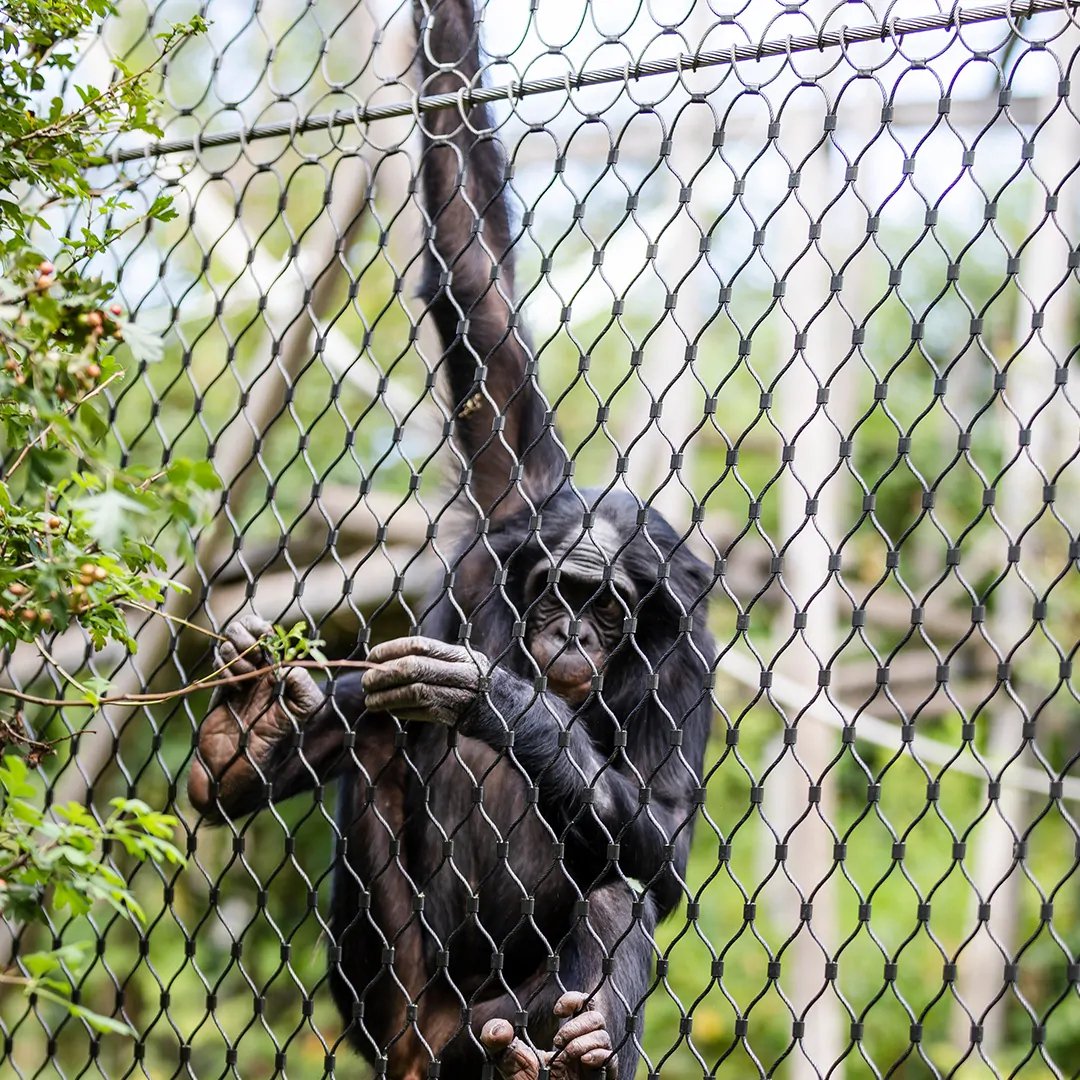
Section 1: The Evolution of Zoo Mesh
1.1 Early Zoos and Animal Enclosures In the early days of zoos, animals were often housed in cramped cages with limited space and poor living conditions. As our understanding of animal welfare has evolved, so too has the design and implementation of zoo enclosures. Modern zoos prioritize providing naturalistic habitats that promote animal welfare and stimulate natural behaviors.
1.2 The Emergence of Zoo Mesh Zoo mesh has become the go-to solution for creating safe, spacious, and visually appealing enclosures. Early zoo mesh materials included chain-link and welded wire mesh, which provided containment but were not aesthetically pleasing or animal-friendly. Advances in technology and material science have led to the development of more sophisticated, 耐用, and flexible zoo mesh options.
Section 2: Materials Used in Zoo Mesh
2.1 不銹鋼動物園網
People often use stainless steel for zoo mesh because it’s strong, 持續時間長, and doesn’t rust easily. You can find it in different types and thicknesses, so you can pick the best one for each animal home.
2.2 Galvanized Steel
Galvanized steel costs less than stainless steel, but it doesn’t fight rust as well and needs more care. People use it for short-term homes or when they need to save money.
2.3 Aluminum Zoo Mesh
Aluminum mesh is light and doesn’t rust, which makes it great for bird homes and small animals. But it’s not as strong as stainless steel, so it might not work for big animals or those that bite hard.
2.4 Synthetic Mesh
Synthetic mesh, made from things like nylon or polyester, is light and bendy. It’s good for bird homes because it’s softer and birds won’t get hurt if they bump into it. But it might not last as long as metal mesh and you might need to replace it more often.
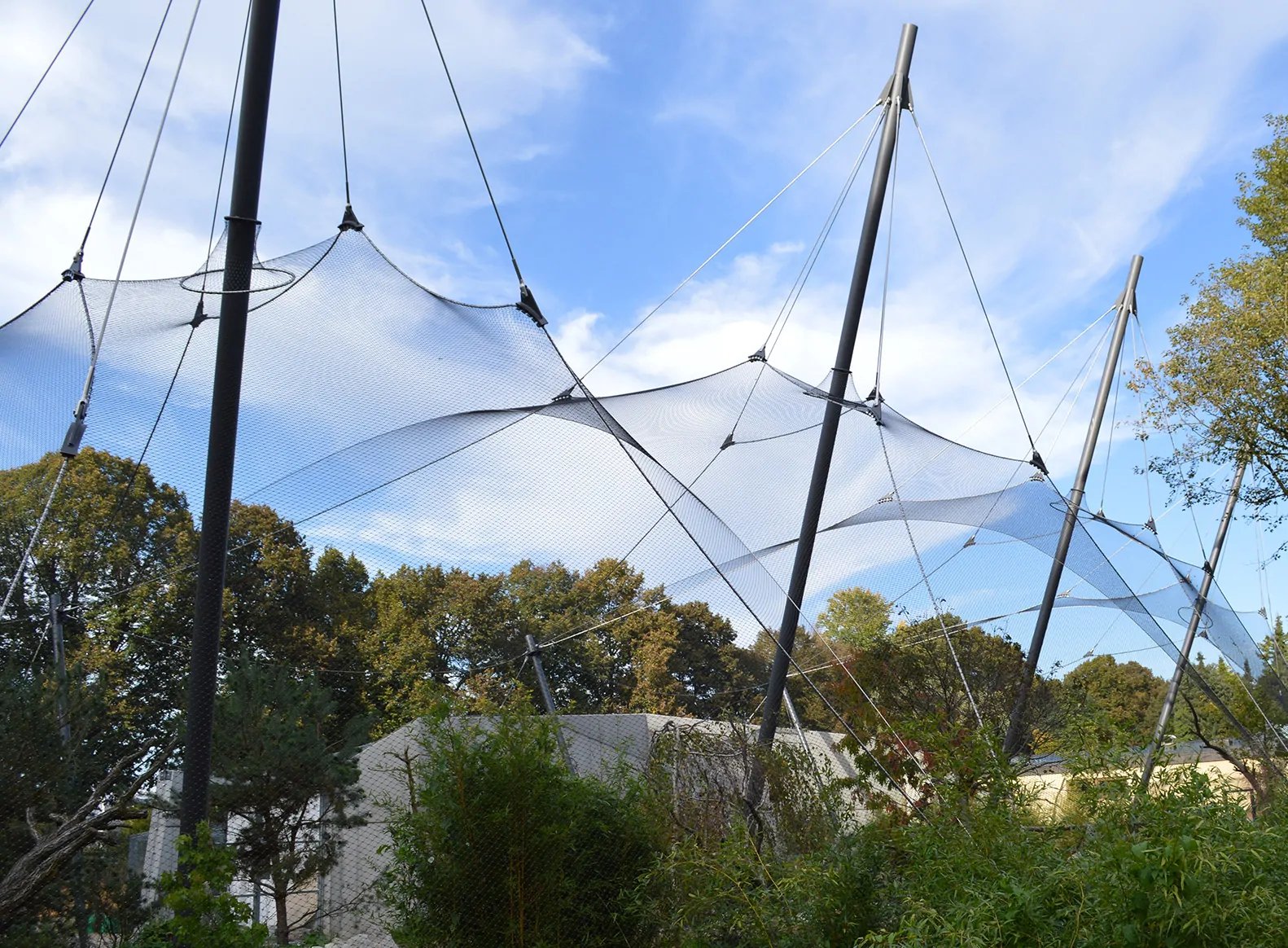
Section 3: 動物園網眼嘅類型
3.1 Woven Mesh Woven mesh is made by interlacing individual strands of wire, creating a flexible and durable material. 呢種網格適合用於形狀不規則嘅圍欄,或者需要將網格彎曲或塑形嘅情況.
3.2 焊接網格 焊接網格由每個交叉點焊接嘅獨立金屬絲組成, 形成一種堅固嘅材料. 適合需要平坦表面嘅圍欄, 但佢嘅柔韌性較低,未必適合所有應用.
3.3 打結網格 打結網格係通過將每個交叉點嘅金屬絲或合成纖維束打結而成. 呢種網格既柔韌又堅固, 所以係禽舍同其他需要靈活性嘅圍欄嘅熱門選擇.
3.4 擴張金屬網 擴張金屬網係由切割同拉伸單張金屬板製成, 形成菱形圖案. This type of mesh is strong and provides excellent visibility but may not be suitable for all animals due to its rigid and potentially sharp edges.
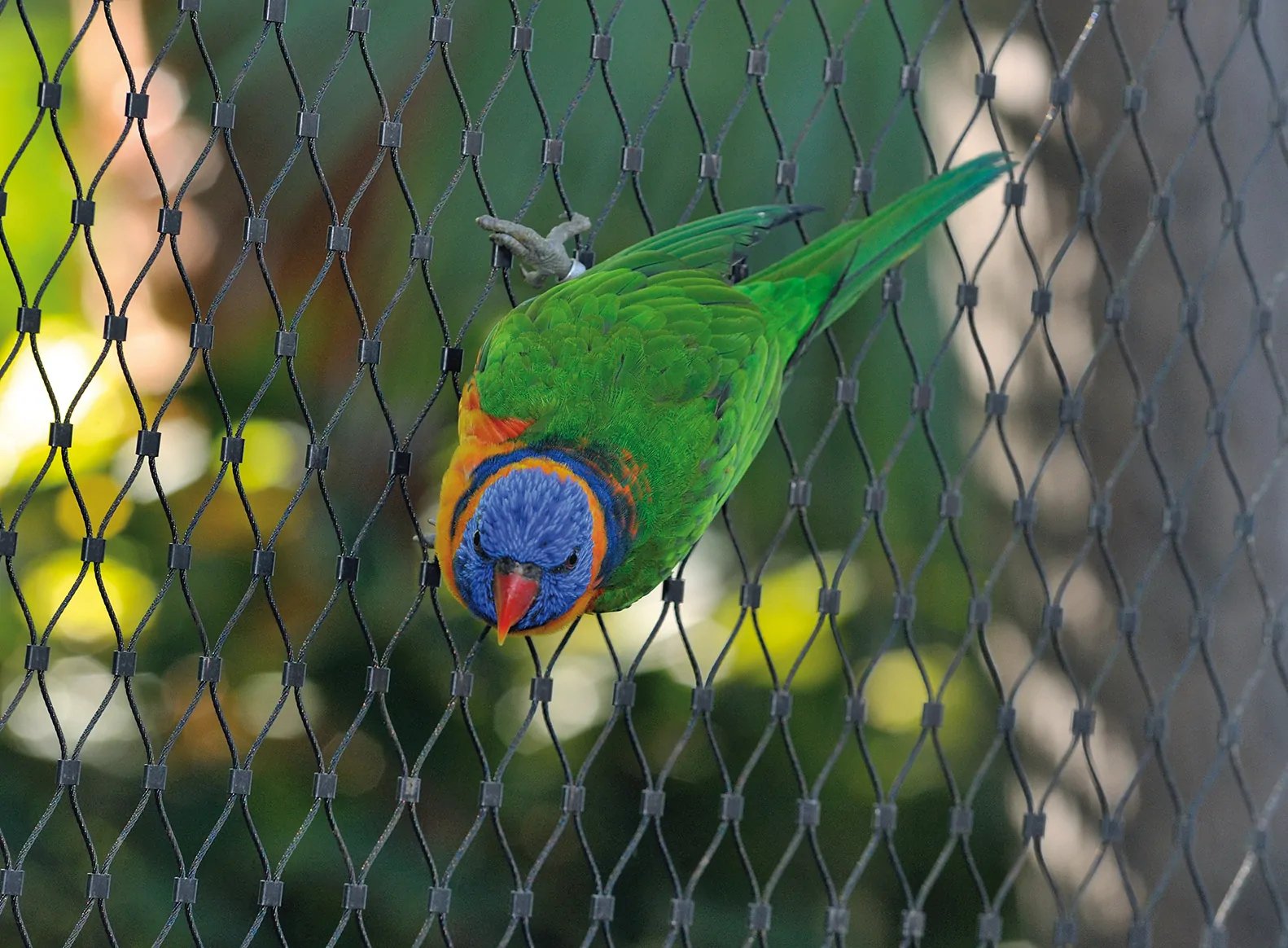
Section 4: Selecting the Right Zoo Mesh for Each Species
4.1 Picking the Right Mesh Size and Strength
When choosing zoo mesh, think about how big and strong the animals are. Bigger animals or those with strong jaws need tough, thick mesh so they can’t get out or hurt themselves. The holes in the mesh should also be small enough so animals can’t stick their heads through or get stuck.
4.2 Mesh for Climbers and Perchers
For animals that like to climb or sit up high, like monkeys and birds, you need to pick a mesh that’s safe for them to grab onto and won’t hurt them. Knots in the mesh or a woven style are usually the best for these animals. They can climb or rest comfortably without getting hurt.
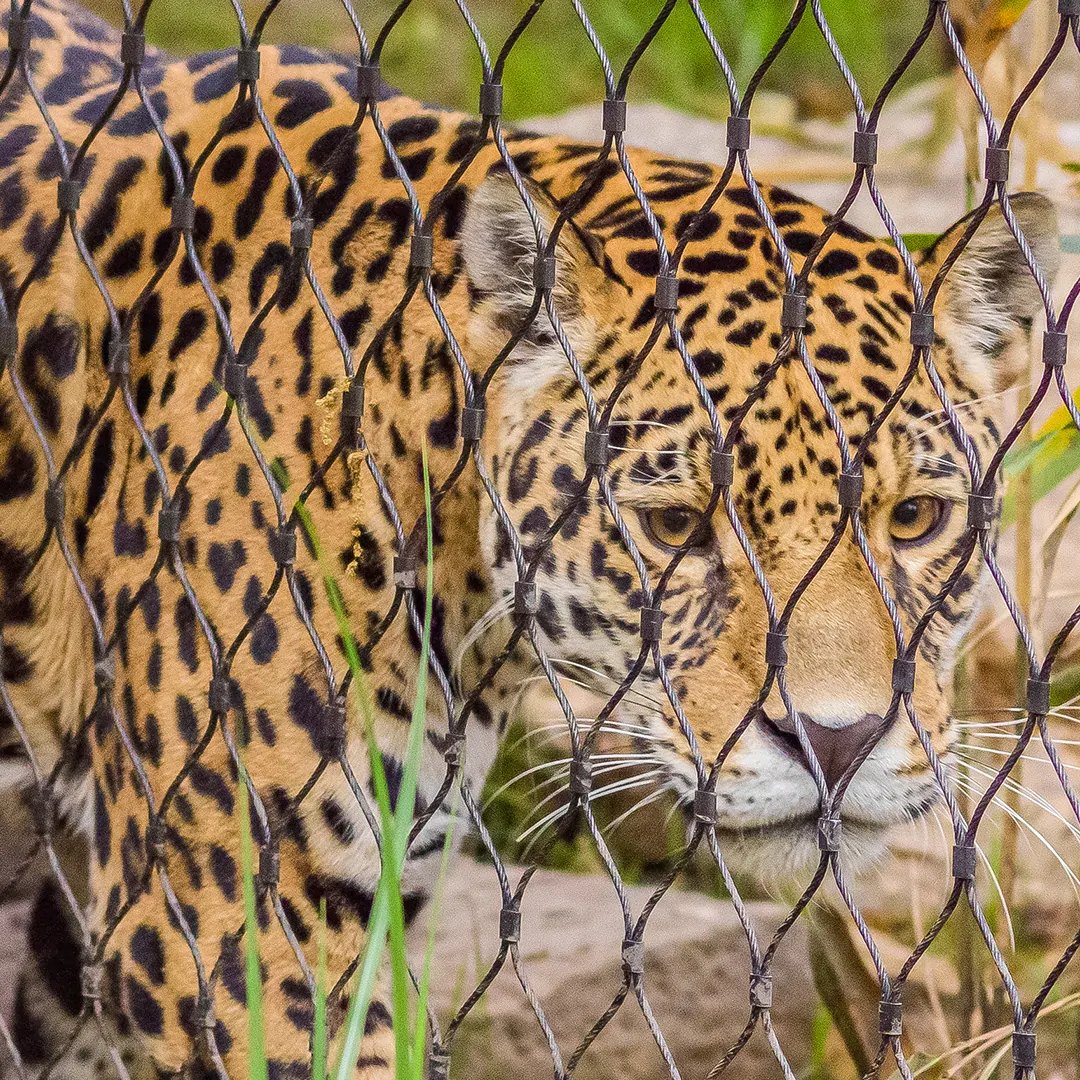
Conclusion Zoo Mesh
Zoo mesh is an integral component of modern zoos, providing safe and visually appealing enclosures for a wide variety of animal species. By understanding the different materials, types of mesh, and factors to consider when selecting the right mesh for each species, we can appreciate the role zoo mesh plays in ensuring the well-being of animals and providing an engaging and educational experience for visitors. As zoos continue to evolve and prioritize animal welfare, advancements in zoo mesh technology will undoubtedly play a critical role in shaping the future of zoo design and management.




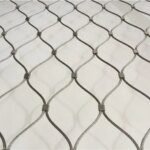 退貨政策
退貨政策 不銹鋼電纜交織網係完美嘅選擇
不銹鋼電纜交織網係完美嘅選擇 不銹鋼電纜開孔套圈網
不銹鋼電纜開孔套圈網 動物園網格: 加強動物園嘅安全同福祉
動物園網格: 加強動物園嘅安全同福祉 動物園網格: 安全和引人入勝嘅動物圍欄嘅關鍵
動物園網格: 安全和引人入勝嘅動物圍欄嘅關鍵